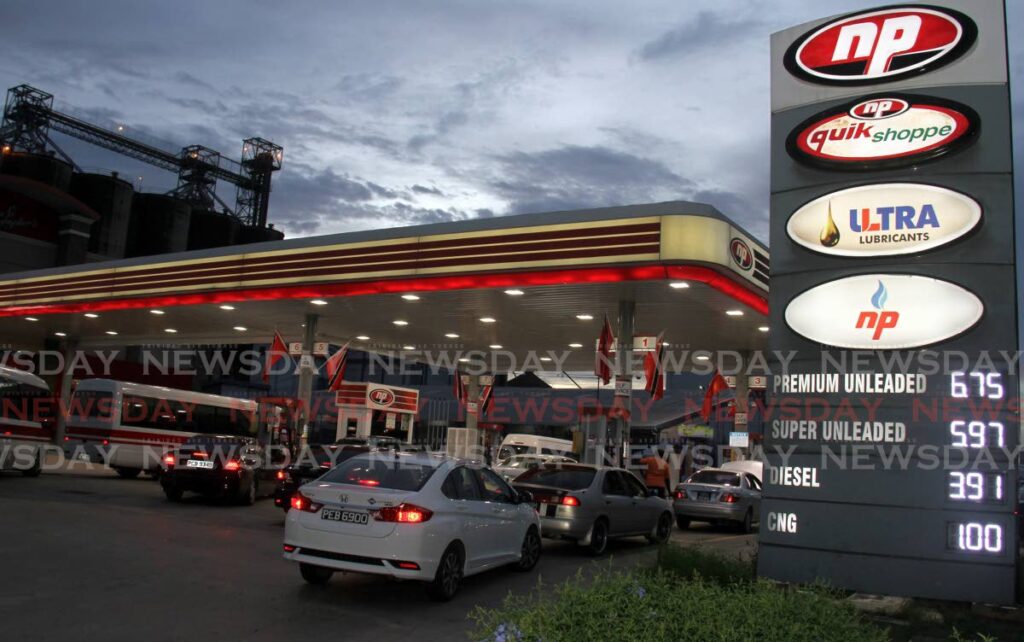Where has my gas gone?

THE EDITOR: As consumers, we have been bombarded with the effects of inflation; a reduction in the effect of buying power of our money. Many times we try to compensate for that loss of value by increasing our earnings.
When we cannot we lament and complain about how expensive things are. We are good at questioning, but our assumptions and background knowledge limit the kinds of questions we can ask. Sometimes it is good to question our assumptions, for example:
“I am happy that the price hasn’t changed, but is the one-litre drink I used to buy still one litre?” Or perhaps, “Why does this bag of chips feel lighter?” Or, “I don’t understand this packaging, they’ve changed from ounces to grams.”
It is good to question assumptions. We may feel our gasoline does not go as far as before (which may or may not be true), but we would not know unless we start asking the right questions.
That is where understanding the relevant standards is important.
There is a standard for metrology in TT, which should ensure that one litre at the pump is actually one litre. But the funny thing about calibration is that it is a snapshot in time. How long is the calibration effective? How effective is the Metrology Act Chap 82:06 and market surveillance?
Is a typical consumer aware of the metrology standard? What about value for money?
So back to gasoline.
When drivers think about gasoline their thoughts rarely go beyond filling up or checking prices, and the perception that a litre of gasoline does not last as long as it “used to.”
This is hard to prove, due to the number of factors that can impact gasoline consumption. First you must have a good reference point or gasoline batch. Second, you have to accurately measure the volumes and have a large enough sample of tests over a period of time, with a consistent pattern of driving.
Fuel economy could be affected by weather conditions, air conditioner use, road conditions, the route driven, traffic, driving speed and style and how others are driving.
Fuel economy is also affected by how well the vehicle is maintained, including the engine tune, wheel alignment, and tyre pressure. Essentially for good results, test under “controlled conditions.”
However, there are some questions that can be asked, since there is a national standard for automotive fuels in TT, which prescribes the minimum or maximum acceptable limits for components and performance.
Now we all kind of understand the importance of RON or in typical language octane for gasoline vehicles or cetane for diesel vehicles, and their importance for performance. But is the current fuel menu optimum for maximising fuel economy in TT?
When I was part of the TTBS Standards Committee we had to compromise for an acceptable standard, taking into consideration what was available to Petrotrin and the potential cost to consumers of importing a different fuel stream. Engines are powered by the energy released when the fuel burns; the more energy the better the fuel economy. However, there are many ways to achieve a fuel standard. Gasoline, for example, is composed of hundreds of hydrocarbons, each with its own energy content.
We should be concerned about driveability, engine starts, warm-ups, acceleration and smooth running. The key component is volatility. Front-end volatility affects starting, etc, while midrange volatility affects smooth running and short-trip economy, and tail-end volatility provides for good fuel economy.
If we are now purchasing/blending fuel, perhaps now is an appropriate time to again revisit the National Fuel Standards to ensure that consumers are getting the best value for money.
MICHAEL MERRITT
via e-mail


Comments
"Where has my gas gone?"